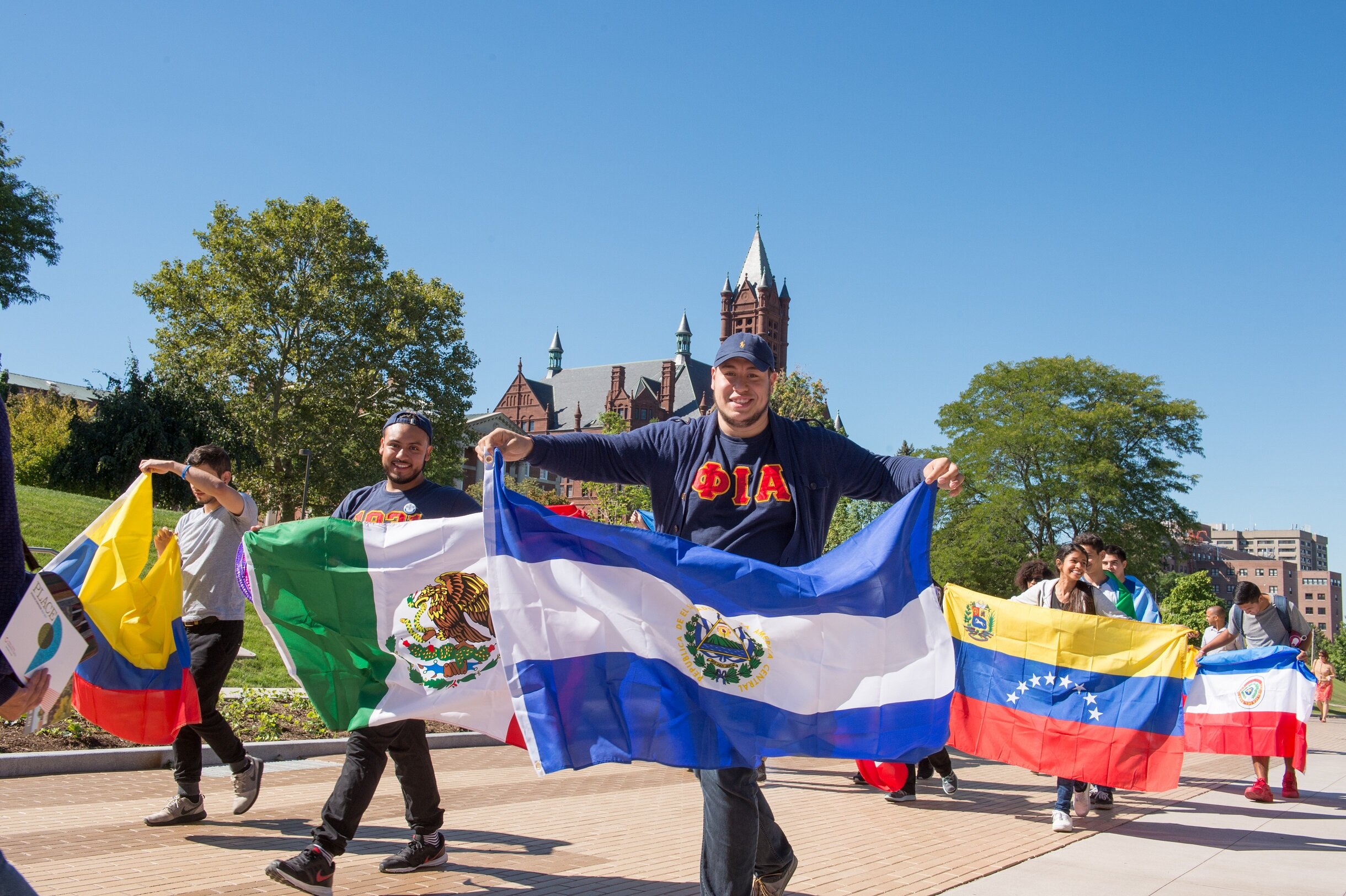
Each year, September 15 to October 15 is celebrated nationwide as National Hispanic Heritage Month. We recognize this by celebrating the histories, cultures and contributions of those whose ancestors came from Spain, Mexico, the Caribbean and Central and South America.
Hispanic Heritage Month actually began as a commemorative week when it was first introduced in June of 1968 by California Congressman George E. Brown. The push to recognize the contributions of the Latinx community had gained momentum throughout the 1960s when the civil rights movement was at its peak and there was a growing awareness of the United States’ multicultural identities.

The observation started in 1968 as Hispanic Heritage Week under President Lyndon Johnson and was expanded by President Ronald Reagan in 1988 to cover a 30-day period starting on September 15 and ending on October 15. It was enacted into law on August 17, 1988, on the approval of Public Law 100-402.
The day of September 15 is significant because it is the anniversary of independence for Latin American countries Costa Rica, El Salvador, Guatemala, Honduras and Nicaragua. In addition, Mexico and Chile celebrate their independence days on September 16 and September18, respectively. Also, Columbus Day or Día de la Raza, which is October 12, falls within this 30 day period.
You’ve heard the terms Hispanic, Latino or Latinx, and Spanish before, and perhaps interchangeably. The reality is, however, these terms all mean different things. And while not everyone who speaks Spanish, has family in Latin America, or was born in Spain, identifies with these labels, it’s still important for us all to educate ourselves about these distinctions.
So, what makes these terms different? Here’s a quick breakdown and a brief history about each term. After reading through, it’s crucial to begin to use the proper terminology that is asked of you — it’s one of many ways you can be a better ally to the Hispanic, Latino, Latinx, and Spanish communities.
What does Hispanic mean?
The term Hispanic describes a person who is from or has ancestors from a Spanish-speaking territory or country. There are roughly 60.6 million Hispanics in the U.S., which makes up 18% of the total population, according to Pew Research Center findings in 2019. Mexicans hold the lead, making up nearly 62% of Hispanics in the U.S., followed by Puerto Ricans and Cubans.
It’s important to note that the definition of Hispanic excludes Brazil because Portuguese is the country’s primary language, but it includes Spain, even though it’s in Europe. Globally, there are more than a dozen Hispanic countries and one territory: Argentina, Bolivia, Chile, Colombia, Costa Rica, Cuba, Dominican Republic, Ecuador, El Salvador, Guatemala, Honduras, Mexico, Nicaragua, Panama, Paraguay, Peru, Puerto Rico, Spain, Uruguay, and Venezuela.
Hispanic was first used by the U.S. government in the 1970s after Mexican-American and Hispanic organizations lobbied for population data to be collected. Subsequently, in 1976, the U.S. Congress passed a law mandating information about U.S. residents from Spanish-speaking countries to be recorded. Today, Hispanic appears as an “ethnicity” on official forms for government, education, and employment purposes.
What does Latino mean?
Latino, Latina, Latinx are geographic terms, which refers to a person from Latin America or of Latin American descent. This includes Brazil, but excludes Spain. For the rest of the aforementioned countries, there’s crossover, because Hispanics can also call themselves Latino, Latina, or Latinx.
The term Latino emerged in the ‘90s as a form of resistance after scholars began “applying a much more critical lens to colonial history.” People opted not to use the word Hispanic because they believed it carried the heavy history of colonialism, slavery, and genocide done by the Spanish. In 1997, Latino officially appeared on government documents as an option alongside Hispanic. Since 1980 and 2000, Hispanic and Latino have also become part of the U.S. Census, respectively.
Latinx, most commonly pronounced “Latin-EX,” is a gender neutral alternative to Latina and Latino. The intersectional term shows solidarity to those in LGBTQIA+ community who prefer not to identify as a male or female.
What does Spanish mean?
The word Spanish refers to both a language and a nationality. A common mistake is calling a Spanish-speaking person Spanish. A person who speaks Spanish is Hispanic. A person who is from Spain or has origins from Spain is Spanish.
The Romance language originated from Latin, and it was first spoken in Spain. Today, Castilian Spanish is the most popular dialect in the European country. Despite this, it’s the fourth country with the most native Spanish speakers. Mexico, Colombia, and Argentina are the top three in the world.
This month, we invite you to learn more about what makes this 30-day celebration so meaningful. Together, we can all show our love to the Hispanic, Latino, and Latinx communities in this country, this month and every day.



